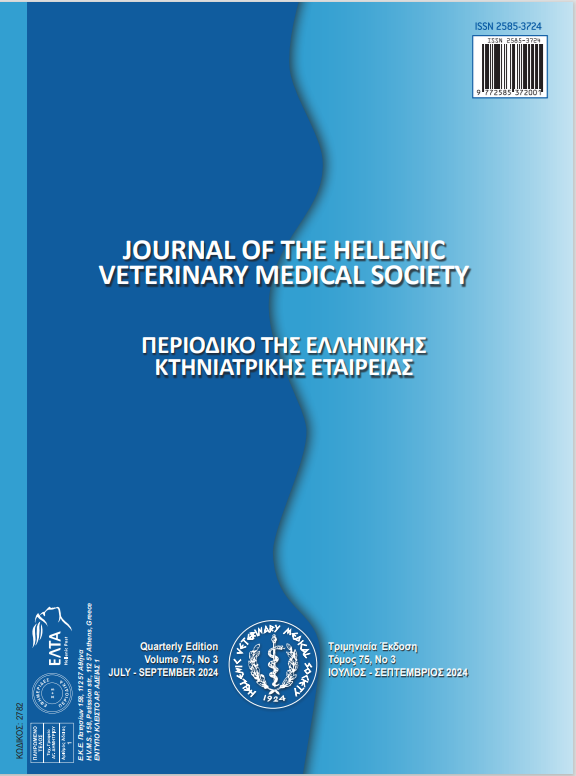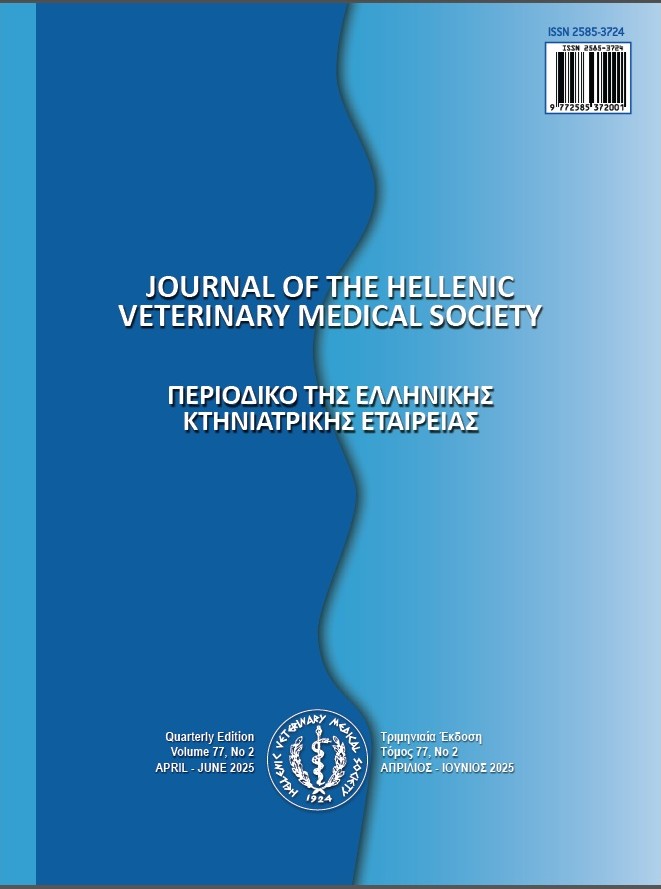Quorum Sensing System in Pathogenic Aeromonas hydrophila: Discovery of LuxRI Homologs ahyI and ahyR Genes Responsible for N-Acyl Homoserine Lactone Signal Molecules

Abstract
ABSTRACT
In the pathogenesis of infections; intercellular communication system called Quorum Sensing System (QS), which regulates production of many virulence factors, is held responsible. QS genes of Aeromonas hydrophila strains that cause Motile Aeromonas Septicemia in fish was investigated by PCR method in reserach. AhyI and ahyR genes responsible for virulence of 20 A. hydrophila strains and A. hydrophila ATCC 7966 reference strain isolated from disease fish were investigated by Polymerase Chain Reaction (PCR). By PCR analysis, both ahyI and ahyR genes responsible for generation of virulence in management of QS were detected in all A. hydrophila strains. In A. hydrophila strains, it initiates disease process by preventing premature stimulation of immune system by critical gene expressions such as virulence factors in management of QS. Ultimately, QS is responsible for virulence of A. hydrophila, and thus bacteria manage disease process. Keeping diseases under control by blocking communication between them by inhibiting of QS, which is critical in disease formation, is an important strategy in fight against bacteria. With identification of QS and all members of system (AHLs, AI, QSI e.g.), early diagnosis of disease is brought to agenda and it is expected to break new ground in diagnosis of fish diseases. As a result, A. hydrophila secretes AHL signal molecule with LuxI and ahyI gene, and detects AHL signal molecule with LuxR and ahyR gene. In this study, both ahyI and ahyR genes responsible for pathogenicity and virulence in management of QS were detected in all A. hydrophila strains by PCR analysis using 20 bp long primers. Thus, it has been proven that pathogen bacteria A. hydrophila possesses LuxI/LuxR-Type QS.
Keywords: Interbacterial communication, A. hydrophila, Quorum sensing system, ahyI and ahyR Genes, PCR
Article Details
- How to Cite
-
Filik, N., Önem, E., & Kubilay, A. (2024). Quorum Sensing System in Pathogenic Aeromonas hydrophila: Discovery of LuxRI Homologs ahyI and ahyR Genes Responsible for N-Acyl Homoserine Lactone Signal Molecules. Journal of the Hellenic Veterinary Medical Society, 75(3), 7685–7692. https://doi.org/10.12681/jhvms.34042 (Original work published October 21, 2024)
- Issue
- Vol. 75 No. 3 (2024)
- Section
- Research Articles

This work is licensed under a Creative Commons Attribution-NonCommercial 4.0 International License.
Authors who publish with this journal agree to the following terms:
· Authors retain copyright and grant the journal right of first publication with the work simultaneously licensed under a Creative Commons Attribution Non-Commercial License that allows others to share the work with an acknowledgement of the work's authorship and initial publication in this journal.
· Authors are able to enter into separate, additional contractual arrangements for the non-exclusive distribution of the journal's published version of the work (e.g. post it to an institutional repository or publish it in a book), with an acknowledgement of its initial publication in this journal.
· Authors are permitted and encouraged to post their work online (preferably in institutional repositories or on their website) prior to and during the submission process, as it can lead to productive exchanges, as well as earlier and greater citation of published work.





